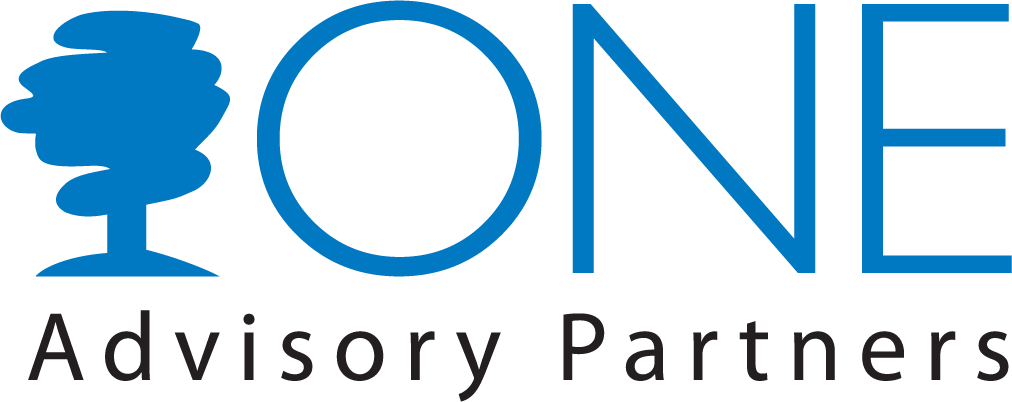Does a Reverse Mortgage Ever Make Sense as Part of a Retirement Portfolio?
For most people, their greatest asset when they hit retirement is not their 401(k) account. Rather, it is the home in which they live. Until fairly recently there was never an economical way to access that value without selling the home. Let’s be honest; you still need to live somewhere, so selling your home may not be much of an option.
Many people with modest means worry about running out of money in retirement. Those who have significant assets don’t necessarily worry about running out of money, rather they may worry about a downturn in their standard of living. Both of those perspectives are understandable. Let’s face it, life seemingly never, and I mean never, works out always like you think it should. That is why it is best to always have a hedge.
The ace up your sleeve for money in retirement could be a reverse mortgage, formally known as a home equity conversion mortgage, or HECM. Up until the early part of this decade, these were not a great option for host of reasons. Arguably they were downright bad.
However, in 2012 the federal government made some legislative changes that make these not only better, but often an essential part of many retirement plans. In fact, Wade Pfau, professor of Retirement Income at the American College and Director of Retirement Research at McLean Asset Management and inStream Solutions, stated that a reverse mortgage “strategically can help improve clients’ retirement sustainability and build a larger legacy to leave their heirs.”[1] In plain English, this means you could be better off with one than without one.
How you get the money out of the reverse mortgage is also more flexible than in the past. You need to be 62 years old to qualify. As far as tax implications, the IRS generally does not consider the proceeds to be taxable income. That is notable because it can help alleviate Social Security taxation concerns.
The traditional way is that you take the reverse mortgage as a stream of income that lasts for as long as at least one borrower lives in the home. That is not a bad option, but for anyone that might think they will need the leverage for income, medical costs, or modifications to their home to adapt it to older living, you can set up the reverse mortgage and not use it right away. You can let it sit, start earning interest, and then use it later.
Let me repeat that fact: You can sign up for a reverse mortgage and never use it, but it is on tap and ready to go in case you do. If you do leave it for later, your account will earn interest that will often beat what you are getting in “safe money” today. Since many people are retiring with less-than-optimal funds, this may be a no-brainer.
When you leave the house, whatever is owed to the reverse-mortgage company is taken out of the sale price. As an example, if you owe $150,000 and the house is sold for $250,000, your beneficiaries will get $100,000, and the rest goes to the reverse mortgage company. If you owe the same $150,000 and the house sells for $130,000, the mortgage company is responsible for the $20,000 loss. Your heirs do not have to make up the difference. They are made whole and the mortgage company takes the loss.
When does a reverse mortgage not make any sense? If you want to leave the home to someone specific, he or she would have to buy out the mortgage company for what is owed to keep the property. Also, if you plan to downsize later, be aware of what options are available to you when considering the reverse mortgage. The fees also need to be taken into account to ascertain if the expense is worth it.
When a reverse mortgage is used along with other planning strategies, you can decrease the odds of running out of money or suffering a standard of living decrease. Consider it as an insurance policy for your golden years!
[1] Danielle Andrus. “Wade Pfau: Retirees Should Consider Reverse Mortgages.” ThinkAdvisor (April 2016). Accessed March 25, 2018. http://www.thinkadvisor. com/2016/04/06/wade-pfau-retirees-should-considerconsiderconsiderreversemortgage.

